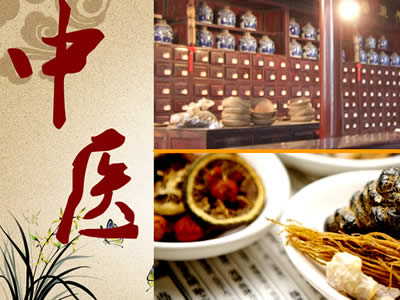Apple Inc. co-founder Steve Jobs died on 5 October, 2011 at the age of 56. He died of cancer – respiratory arrest resulting from pancreatic cancer. People keep asking the same question: why is there still no cure for cancer?
While mainstream medical practitioners cannot help the cancer patients to save their lives, some people, with last hope, turn to alternative treatments. In China, traditional Chinese medicine (TCM) has been used for the treatment of pancreatic cancer especially for advanced cases. According to a report, 6 clinical trials (including 4 randomised controlled trials and 2 non-randomised trials) compared Chinese herbal medicine alone or in combination with chemotherapy versus chemotherapy in advanced pancreatic cancer patients. The results showed beneficial effect on survival and improvement of symptoms. 20 case series or case reports have reported benefits of using Chinese herbs in increasing survival, improving symptoms, or relieving pain in patients with advanced and inoperable pancreatic cancer. 
However, more studies are needed to confirm the potential benefit. Because current evidence is not sufficient enough to establish the efficacy and safety of Chinese herbs for patients with advanced pancreatic cancer.
TCM doctors categorize the symptoms of pancreatic cancer into 5 patterns, and treat each pattern with a different formula:
Pattern 1: Syndrome of incoordination between liver and stomach (肝胃不和). The formula for this pattern is the modified classic formula Chai Hu Shu Gan San (柴胡舒肝散). The herbs include: Curcuma, Cyperus rotundus, Bupleurum, Citrus aurantium, etc.
Pattern 2: Syndrome of dampness retention obstruction (湿浊阻恶). The formula for this pattern is the modified classic formula Yin Chen Wu Ling San (茵陈五苓散). The herbs include: capillaris, Polyporus, Poria, Atractylodes, Alisma, Citrus, licorice, etc.
Pattern 3: Syndrome of Qi-blood stasis (气血淤滞). The formula for this pattern is the modified classic formula Ge Xia Zhu Yu Tang (膈下逐瘀汤). The herbs include: Cyperus rotundus, aggregata, Corydalis, safflower, salvia, Fritillaria, etc.
Pattern 4: Syndrome of Qi-blood deficiency (气血两亏). The formula for this pattern is the modified classic formula Shi Quan Da Bu Tang (十全大补汤). The herbs include: Astragalus, Codonopsis, Angelica, Atractylodes, Rehmannia, Polyporus, Millettia, turtle shell, medlar, etc.
Pattern 5: Syndrome of yin deficiency and internal heat (阴虚内热). The formula for this pattern is the modified classic formula Yiguan Jian (一贯煎). The herbs include: Adenophora, ophiopogon, habitat, Anemarrhena, licorice, diffusa, rhubarb, etc.
Please note, this post is for informational purpose only. Under no circumstances does the information in this post represent a recommendation or medical advice to use a treatment for a disease. You should always seek professional help from your
physician.
For more information about alternative treatment for cancer, go to Natural Remedies Center: http://www.naturalremediescenter.com/treat/cancer/



